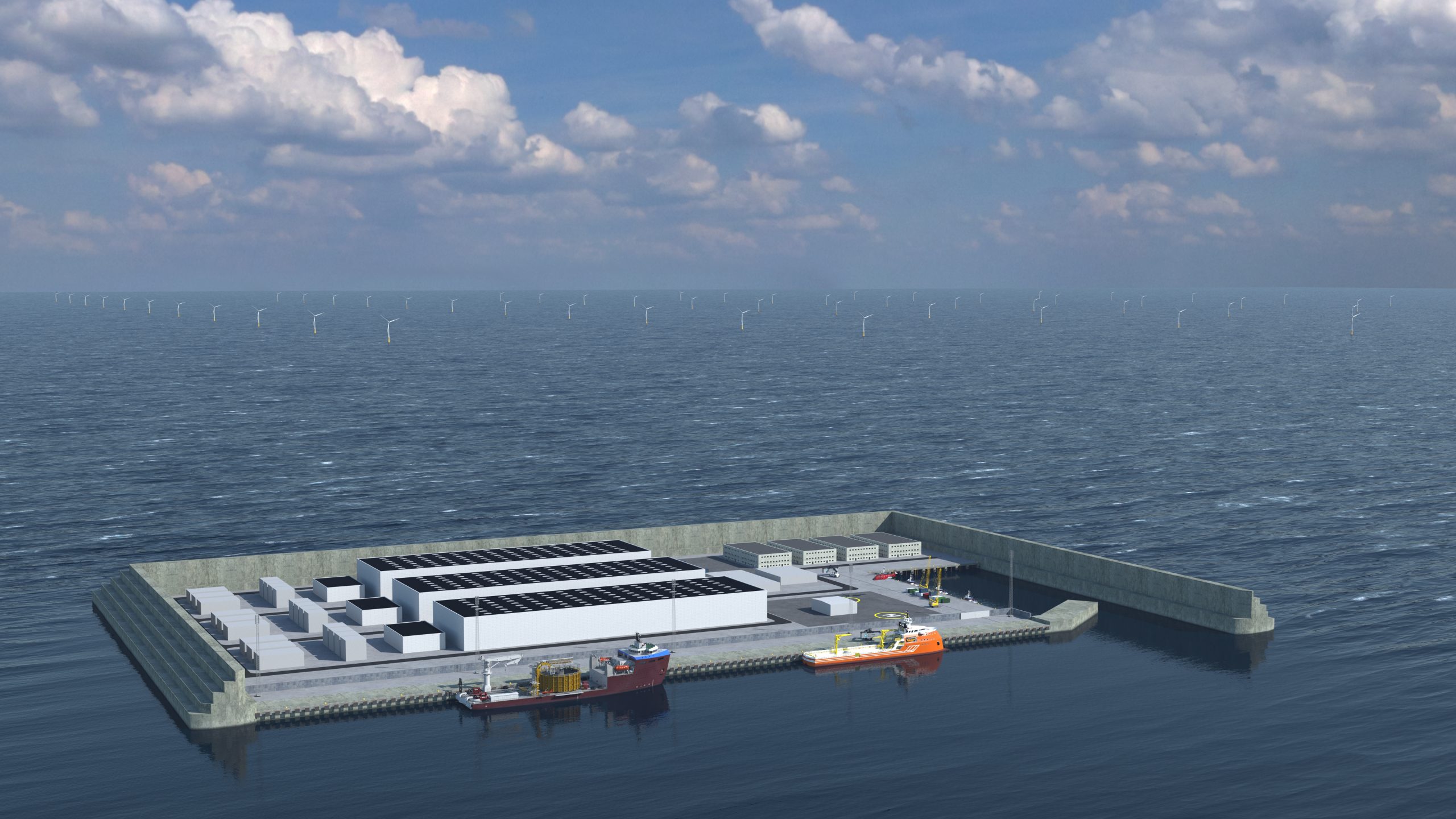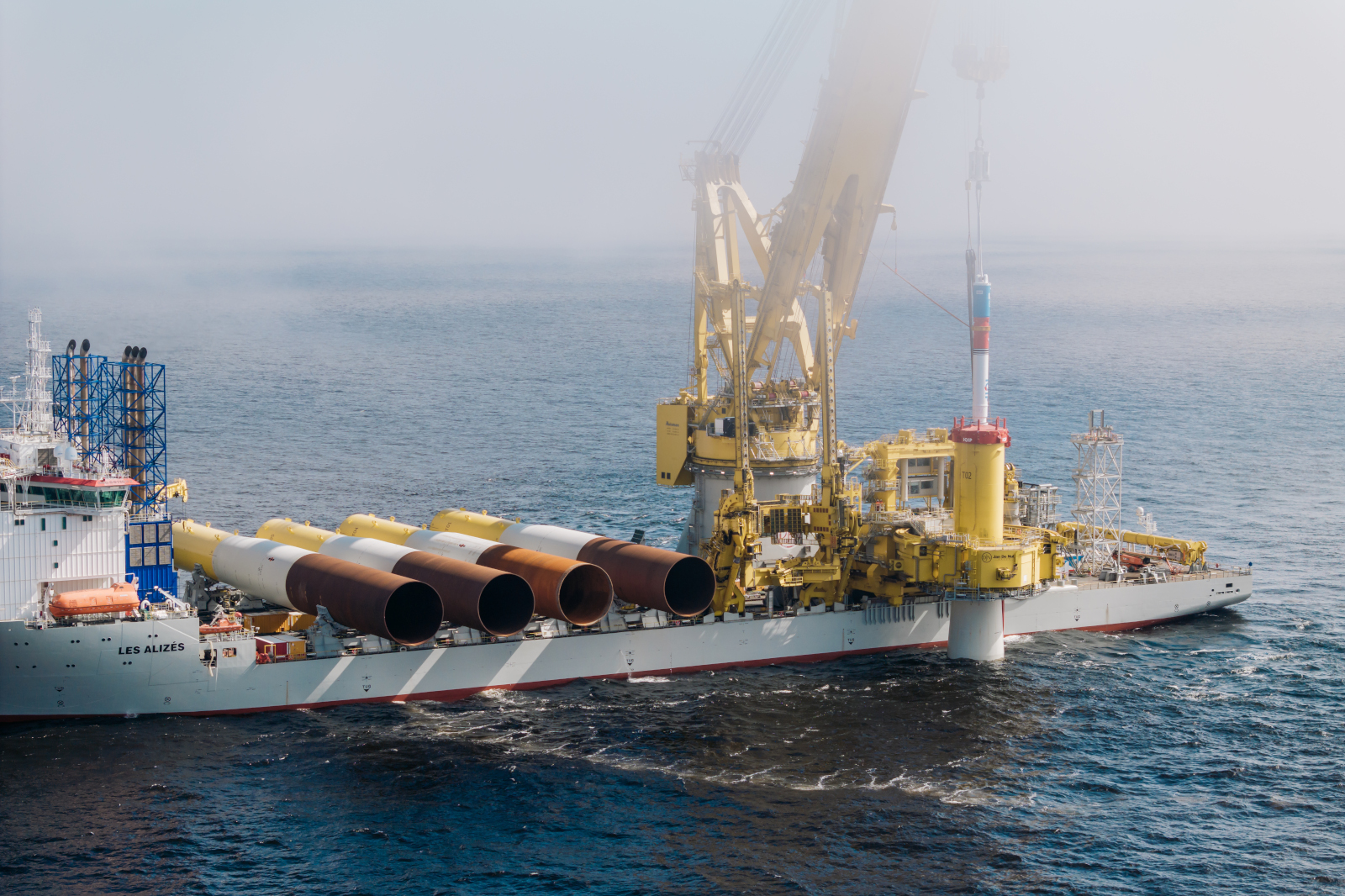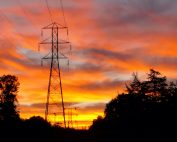DTU Electrical Engineering experts believe that Denmark can gain billions of Danish kroner by implementing smart solutions when building energy islands in the Baltic Sea and North Sea.
Professor Jacob Østergaard, Head of the DTU Electrical Engineering Centre, and Nicolaos Antonio Cutululis, Professor of DTU Wind Energy, point out that Denmark could save up to DKK 20 billion through innovative solutions once the energy islands are operational. Currently, this country is one of the leaders in the development of RES sector technologies. By building energy islands, it can maintain this position for many more years. Reducing costs will also benefit the public who will be free of them.
DTU, in cooperation with AAlborg University, has published a white paper“Energy islands – a Mars Mission for the Danish energy system“, which will be discussed at seminars in autumn with researchers, companies and authorities. Experts have given three examples that are worth looking at when designing islands. Implementation of the solutions would provide savings of at least DKK 20 billion.
New requirements for wind turbines
The first proposal is to change the requirements for wind turbines, which are already stringent. The wind turbines within the energy islands will not be connected directly to the national grid. They will be connected to a transformer station on the power island, and then the electricity will be transmitted to the mainland via cables. This allows Denmark to change the requirements for wind turbines connected to energy islands. Through research, wind turbines with electrical components optimized for these requirements can be developed. This could save DKK 7.5 billion without affecting the reliability of the electricity system.
New transformer stations
As the DTU website reads, the energy islands will be made up of a transformer station that converts the energy from the wind turbines before sending it to the mainland via cables. At this point, it first encounters a transformer station, which ensures that the electricity is aligned with the grid before being distributed to the grid. DTU believes that this technology can be simplified because wind farm substations that are connected to the power island could potentially be eliminated. This could reduce costs by DKK 12 billion. However, cross-sectional studies are needed to see if this solution affects the reliability of power source operation.
No hydrogen, no operation
A surplus of energy could be used to produce emission-free hydrogen on site. This would reduce the cost of transporting it. Power-to-X systems can be built into wind turbines. The production process would take place when energy demand is low. Hydrogen can be transported through pipes that are created for power cables running between energy islands and the mainland. DTU’s calculations show that if Denmark develops power-to-X technology offshore, producing hydrogen on the energy island and transporting it ashore will be 12 percent cheaper than producing the hydrogen entirely on land. In this case, total savings are estimated to be at least DKK 20 billion.
Danish energy islands are set to be one of the landmark projects in Europe. According to the Danish climate agreement of 22 June 2020, two energy islands are to be built over the next decade. The first will be built in the North Sea and will be an artificial island structure. It will be combined with offshore wind installations of 3 GW, 10 GW in the long term perspective. The second island will be built in Bornholm and will also be connected to offshore wind farms, but with a capacity of 2 GW. In the case of the Baltic island, Danish operator Energinet has been ordered by the government to extend current feasibility studies for plans covering 3 GW of capacity. This is related to problems with the Hesselø offshore wind farm project, for which alternative locations are being sought, as we have written on BalticWind.EU.
Source: DTU














